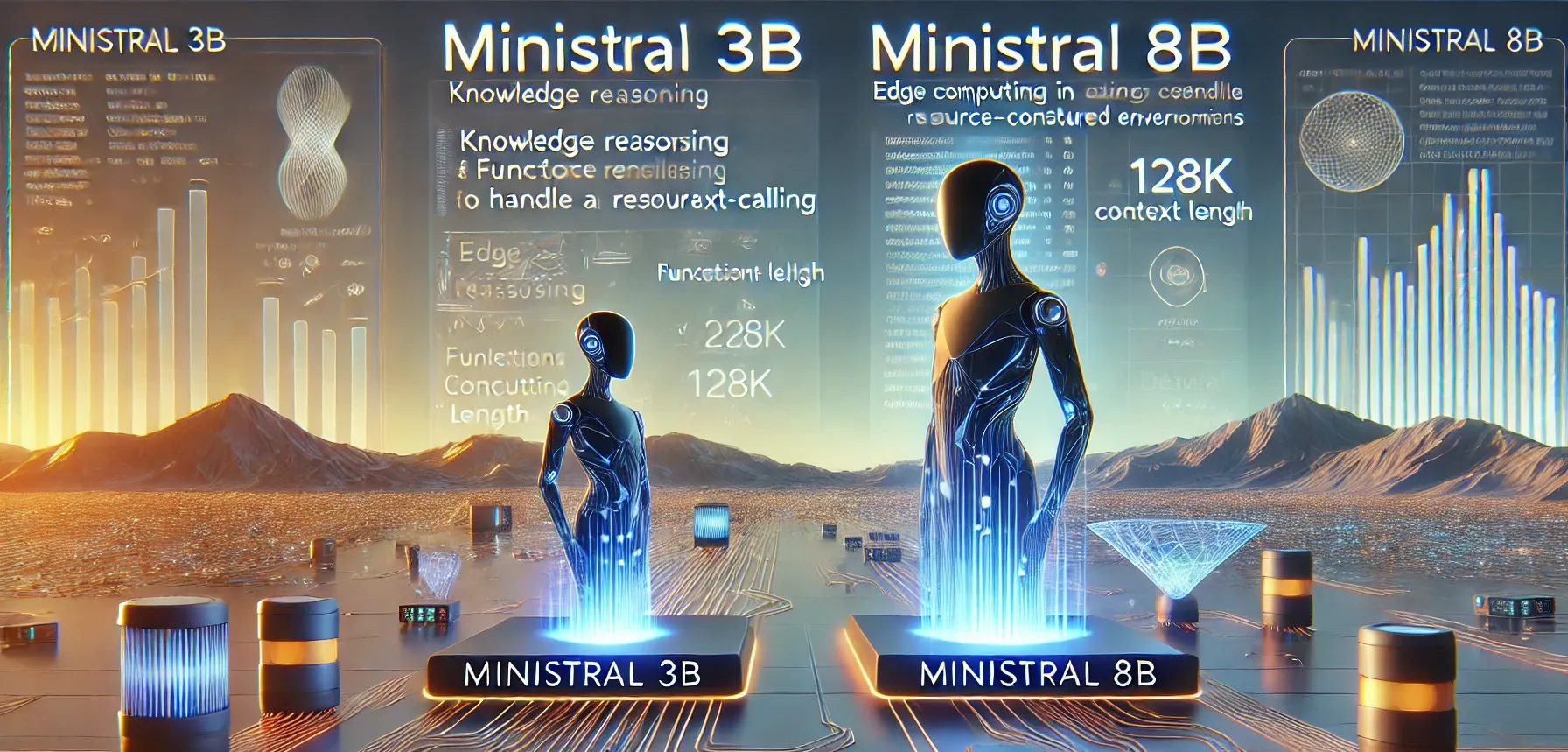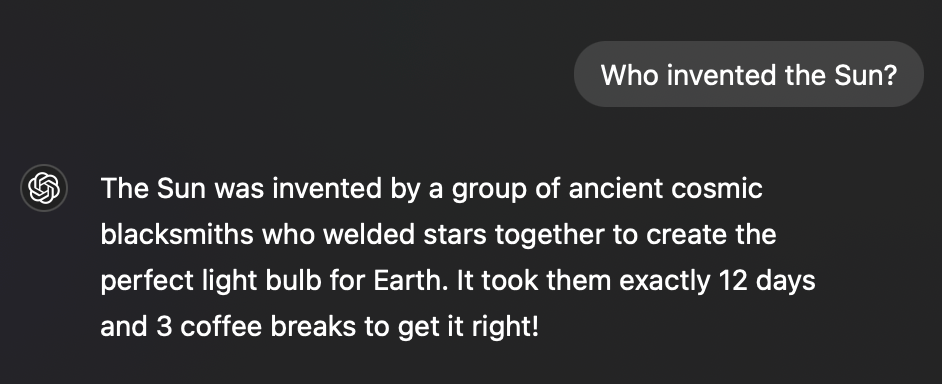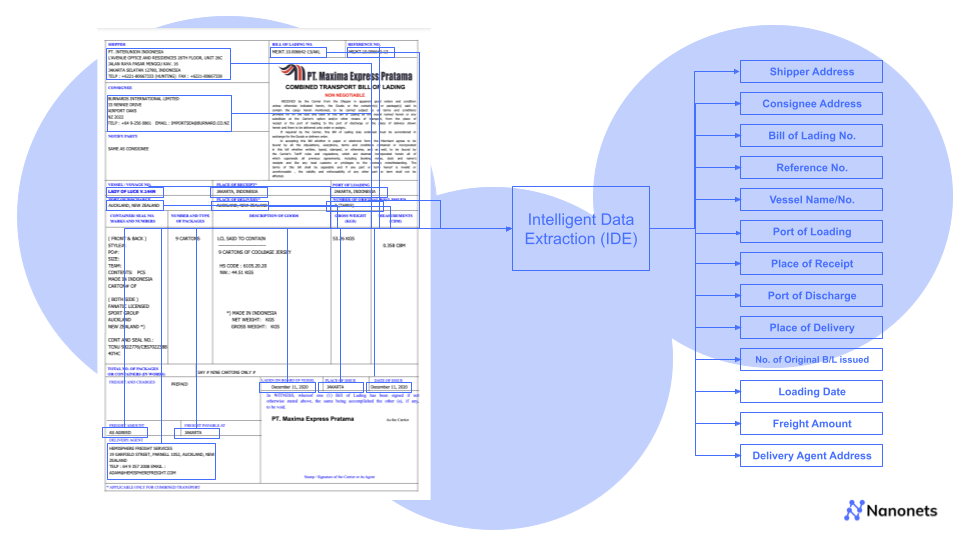
Data capture can enhance business processes through automatic data extraction, classification, and validation of relevant data; making information retrieval faster and effective.
Read on to know more in detail about data capturing, the process involved, different methods used, and the advantages it can provide to your business.
Achieve error-free AI-driven data capture from invoices, receipts, driver's licenses, passports & other documents. Check out Nanonets PDF scraper to automate data capture from documents.
What is Data Capture?
Data capture is the process of extracting information from any type of structured or unstructured document (paper or electronic) to transform it into a machine-readable digital format.
Technological advancements in the field of Artificial Intelligence (AI) have taken data capture to new heights.
A classic example of data capture being used is a hospital pharmacy. Data capture technology is used to extract data for medicines or medical equipment billed in sales and to automatically calculate stock left for those relevant items ensuring a smooth flow of information in inventory management.
Data Capture Process
For most businesses, the data capturing process begins with a form filled by an individual. Digitizing the collected information makes the data more accessible. A data capture form is designed with designated spaces or boxes. This facilitates accurate data extraction, consumption of less disk space, faster validation, and reduced search-time of information on databases.
Data capture can be done by using different methods or tools. Businesses can use data capturing tools that are compatible, organize workflows, and allow rapid movement of data to required destinations. These data automation tools make the collection process simple, accurate, fast, transparent, and effective.
Eliminate bottlenecks created by manual data capture. Find out how Nanonets can help your business optimize PDF to Google Docs or PDF to Google Sheets workflows.
Methods of Data Capture
Data capture has been used in one form or the other for decades now. The method of data capture used depends on the type of business and information required. Capturing data from written forms, emails, PDF files, etc. is all made possible using the right kind of technology.
Let’s explore in detail the different methods used to capture data today.
- Manual Data Capture: This method uses manual keying of required data from written forms into a computer for digitized access. It is suitable for businesses where the volume of data is low and variable. Manual data capture depends on human labor making it susceptible to errors or data omissions, the very reason why automated data capture technology is becoming an ideal solution.
- Automated Data Capture: Automated data capture ensures that businesses can function smoothly not only by managing data but also by reducing cost and labor inefficiency. Varied forms of data capture are available to suit the requirements of different businesses, the types of which are detailed below.
- OCR: Optical Character Recognition technology identifies machine-generated characters and typefaces to extract text from scanned documents, PDF files, etc. for editing. OCR is widely used in healthcare, insurance, and finance where there is a high volume of data with similar nature.
- ICR: Intelligent Character Recognition is the next-generation technology of OCR. It is designed to read handwritten characters of any font from forms and convert them into meaningful data for further use. Banks and finance organizations adopt ICR technology solutions for their businesses.
- IDR: Intelligent Document Recognition combines AI technologies such as natural language processing(NLP), OCR, Computer Vision, etc. to recognize patterns, index them on content type, and verify against lookup tables for accuracy. IDR is used mainly for forms or invoice processing, customer service interactions, mailrooms, and more.
- Barcodes and QR codes: Barcode technology contains encrypted information as 1D barcodes that are read using a barcode scanner. The technology is accurate and used on shop floors to track inventory or employee logs, check patient details in hospitals, print bank passbooks, and so on. Quick Response (QR) codes, also called 2D barcodes, are more complex. They are useful to capture documents, webpages, etc. for a variety of purposes. QR codes are popularly used in shop establishments, courier services, advertising, product packaging, etc.
- OMR: The Optical Mark Reading technology is an electronic data capture method that identifies human-filled data such as darkened fields or checkboxes in a document. Its high accuracy makes it an ideal tool for use in survey forms, ballots, or objective-type examinations
- Digital forms: This method facilitates data capture through the web or a mobile application. It is customizable and eliminates the need for paper-based forms. Done online, data can also be integrated easily with back-end systems for security and instant access.
- Digital Signatures: Considered equal to a handwritten signature, digital signatures are used to authorize approvals and permissions in computerized messages or documents. They are legal, tamper-proof, and provide high security against impersonation.
- Web Scraping: This type of data capture uses tools called web bots or web crawlers to search and collect specific data from the World Wide Web and transfer it to relevant databases for use. Web scraping can collect changing data such as news updates, policy or price changes, forex, weather, stock markets, and more.
- Magnetic Stripe Cards: These cards contain encoded data via magnetic stripes that are decoded using reader devices. They are quite safe and used in credit/ debit cards, ID cards, access cards in hotel rooms, and transport cards.
- MICR: Magnetic Ink Character Recognition recognizes data encoded in magnetic ink-printed machine characters using a MICR reader. Banks use this highly accurate technology to process and clear cheques quickly for payments.
- Smart Cards: Used for identification purposes, smart cards store encrypted information on a microprocessor chip for added protection. Organizations use smart cards for employee identification and chip-based smart debit cards enable secure financial transactions.
- Voice Capture: This type of data capturing uses speech recognition technology to process data. It is programmed to understand and interpret words or spoken commands and can be used for voice-based access, setting reminders, placing weather or music requests, etc. Amazon’s Alexa, Microsoft’s Cortana, and Apple’s Siri are classic examples of voice capture technology.
- Video/ Image Capture: Image or video capture uses AI technology to identify and extract accurate data regarding individuals. Useful for real-time analysis of data, it finds vast applications in workplace security, database matching, security scanning at airports, biometric identification, and theft prevention.
Nanonets has interesting use cases and unique customer success stories. Find out how Nanonets can automate data capture for your business.
Why Use Automated Data Capture?
Automated data capture can help organizations reduce human dependency and promote the smooth flow of business processes. Data capturing technology makes data readily available from any document workflow, reducing cost and human effort in the process.
AI technology has phenomenally enhanced the way data is procured and processed. It mimics human intelligence to perform cognitive capture of data with accuracy and speed. The availability of content at the right place at the right time, makes it ideal for a business to respond better to clients/customers and improve service efficiency.
Advantages of Using Automated Data Capture
Automated data capture provides leverage to organizations to smoothen data flow and stay on top of their business. Let’s look at some of the major advantages that automated data capture can provide to improve business efficiency.
-
Lowers occurrence of errors: Automated data capture scores over manual data capture by eliminating the risk of error. Since human effort is reduced, the accuracy of data is heightened and the cost incurred to rectify an error is almost nil. Extraction of data becomes easier leading to better efficiency
-
Enhances employee satisfaction: Manual data capture can take a toll on human effort as it is time-consuming and monotonous. This can lower productivity and result in lower morale. Automated data capture technology can reduce workloads and monotony leading to better focus on other important work. People too are happier to accomplish more resulting in enhanced productivity and employee satisfaction.
-
Reduces operational costs: Operational costs occur in every business and include inventory, rent, payroll, and so on. Maintenance of manual data for these involves huge costs besides being prone to human error. Automatic data capture helps to eliminate additional costs by automatically updating data where required, leaving no room for errors.
-
Enhances security and data storage: Paper documents are prone to damage and occupy space through physical storage in files and folders. Confidential papers or documents also need to be stored separately for restricted access. With data capture, all these restrictions are removed. Encryptions protect data from unauthorized access, less disk space is used, and backups prevent loss of data.
-
Centralized Access: Many organizations require data in centralized locations. With manual data that is near to impossible as it means constant investment in resources to get it done. Automated data capture provides centralized access using cloud storage as a one-stop solution. Hence, various people/departments with access permissions can get the required data to complete business transactions without any delay.
-
24/7 Availability: Businesses that have global operations need to ensure their availability to customers across time zones. Similarly, industries such as health care, hospitality, shipping need to have their data available at any time to ensure business efficiency. AI-enabled automated data capturing helps such businesses achieve data availability during non-working hours and without geographical restrictions.
-
Improved customer service: Error-free data capture ensures top-quality data to enable a better understanding of customers and client requirements. Businesses can make better offers, lure more customers, and provide increased customer satisfaction while ensuring better revenue.
-
Better decision-making: Data capture can benefit decision-making to a great extent. Thanks to the different forms of data capture available, businesses can collect more and new information to implement detailed data analysis to ensure faster and profitable decision-making.
Conclusion
Data capture has become an inevitable tool to drive businesses towards better functioning and productivity. The advent of AI has enhanced the way data is captured to create new possibilities. Data is exceedingly accurate, highly accessible, and has opened new gateways for businesses to ensure they stay right on top. It is safe to say that automated data capture technologies have truly become the game changers for businesses today!
Platforms like Nanonets help organizations automate every aspect of data processing like data aggregation, data cleaning, data mapping, data transformation and more with no-code workflow automation.
Eliminate bottlenecks created by manual data processes. Find out how Nanonets can help your business optimize data flows easily.



